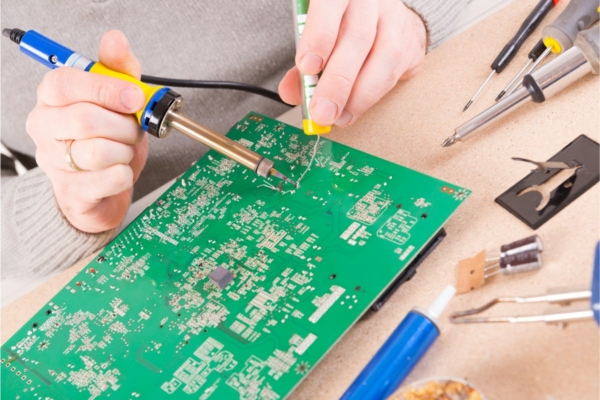What is Back Drilling
Back drilling, also known as Controlled Depth Drilling (CDD), is a technique used in the PCB to improve signal integrity and reduce signal distortion caused by the presence of long stubs. It involves the removal of the unused portion or stub of a copper barrel from a through-hole in a PCB board.
The back drilling process is performed after PCB fabrication is complete. It utilizes a slightly larger drill bit to re-drill the holes, removing the stubs to a controlled depth. The depth is typically close to but not touching the last layer used by that via. By removing these stubs, back drilling helps to minimize reflection, scattering, delay, and other problems that can occur during signal transmission, ultimately improving the overall performance of the PCB.
Back drilling offers several advantages, including reduced deterministic jitter, lower bit error rate (BER), improved impedance matching, increased channel bandwidth, increased data rates, reduced EMI radiation from the stubs, and reduced excitation of resonance modes. It is particularly beneficial for high-frequency PCBs with controlled impedance.
Design values and parameters related to back drilling include the minimum back drilling diameter, plated-through via diameter, copper clearance, diameter difference circumference, back drilling depth, distance to the connected layer, thickness of the target layer, and thickness of the stub remainder. These values are crucial for achieving optimal back drilling results and ensuring the desired signal integrity improvements.





